Why do you always experience wrist pain when playing sports? It’s very likely that there’s an issue with your follow-through motion.


Do you ever have this feeling:
Painful wrist after repeated smashes or clears?
This is after the smash and the high, long shot,
Caused by improper finishing form!
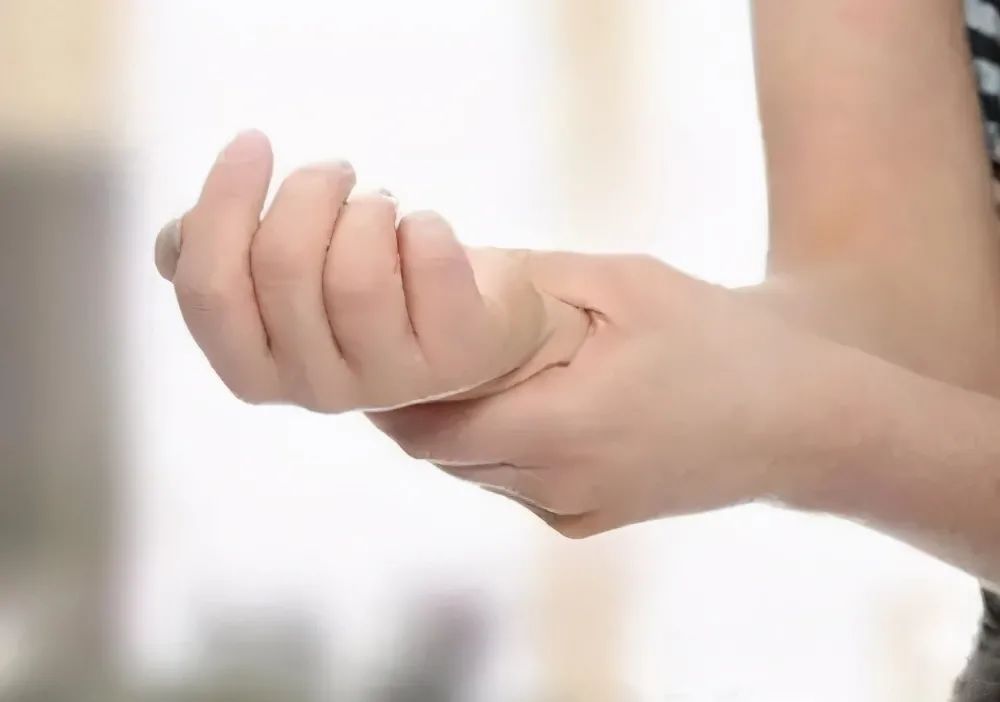
Four Standard Movement Sequences for High Clears and Smashes
This article focuses on highlighting the most easily overlooked action among these four processes: closing the shot.
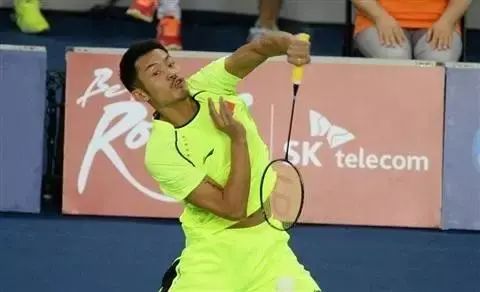
First: Wrist movements are divided into these three types.
▼

Every shot in badminton is a combination of two wrist movements—such as the shuttlecock lift serve, which involves extending the wrist backward and then snapping it upward.
Look at their follow-through—they all lack the wrist-flicking motion!
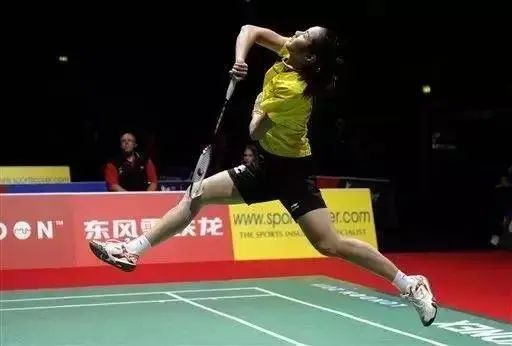
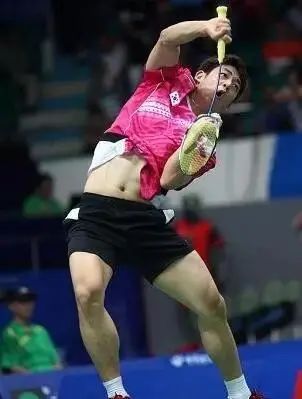

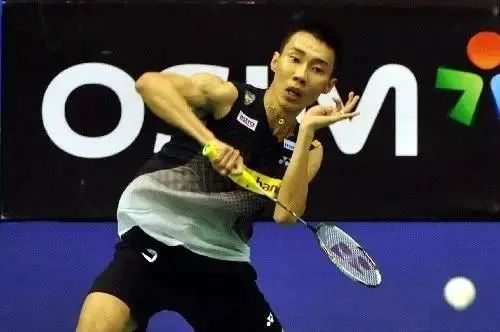
This can effectively help prevent elbow and wrist injuries!
---------------------------------
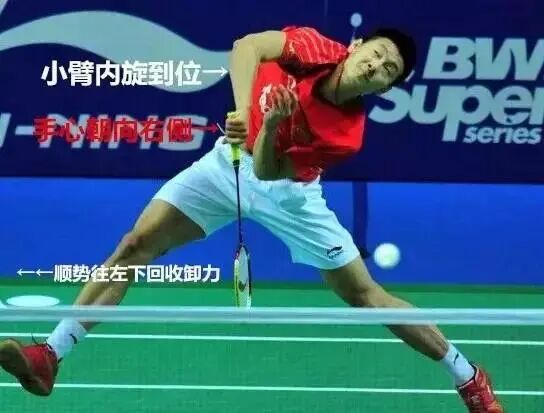
For amateur players, if certain movements simply can’t be changed, it’s okay not to try—but when it comes to techniques that easily lead to injuries, making corrections is absolutely essential! Mastering proper, well-rounded techniques not only helps prevent injuries, but also allows you to fully enjoy the health and joy that come with playing badminton!
More article recommendations:
5 Common Bad Habits in Shuttlecock Netting—Correct Them Early, and You’ll Become a Pro Faster
The ultimate weapon for badminton offense! Have you mastered the forehand smash and drop shot?
Zhao Jianhua, Yang Yang, and Li Mao have prepared over 100 lessons for everyone, covering techniques like badminton net play, backhand cross-court hooks, and smashes. Click "Read the Original Article in the Bottom Left Corner" to check them out! If you're looking to improve your badminton skills, don't miss this opportunity—definitely worth it!

Related Articles

Why do blisters form on the soles of your feet when playing badminton? 90% of cases are linked to these 3 reasons.

Struggling even to keep up with top players? Here are 7 tips to help you master the endless art of the high, powerful shot.
